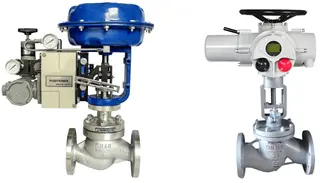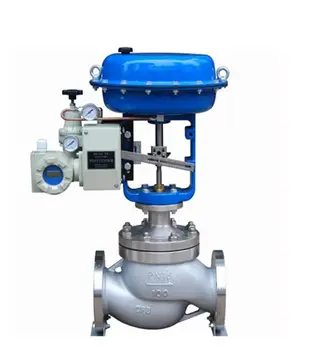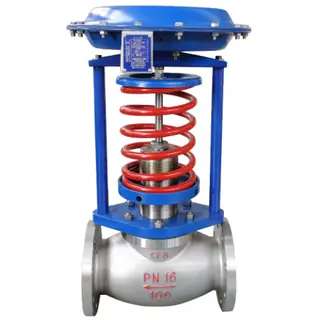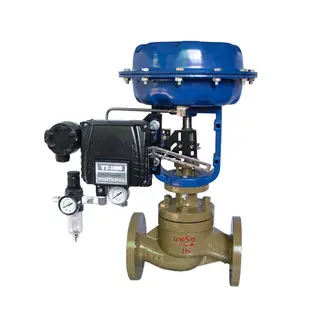Motorized Gate Valve: A Complete Guide to Operation, Components, and Applications
Introduction In modern fluid control systems, the motorized gate valve — also known as an electric sluice valve — plays a vital role in regulating the flow of liquids and gases. Unlike other valve types, a gate valve operates by lifting a barrier, or “gate,” out of the path of the fluid, allowing unobstructed flow. This simple yet highly effective mechanism enables minimal pressure drop when the valve is fully open, making it ideal for pipelines where maintaining flow efficiency...












